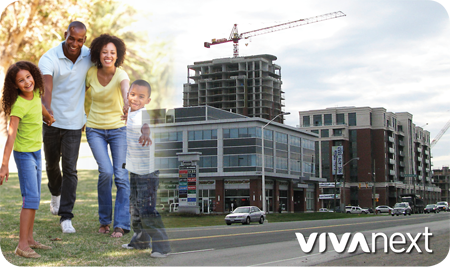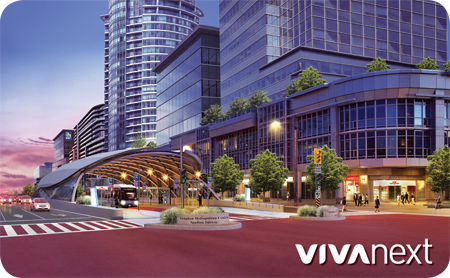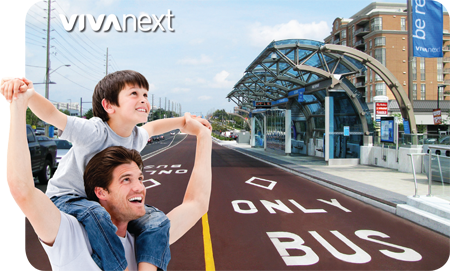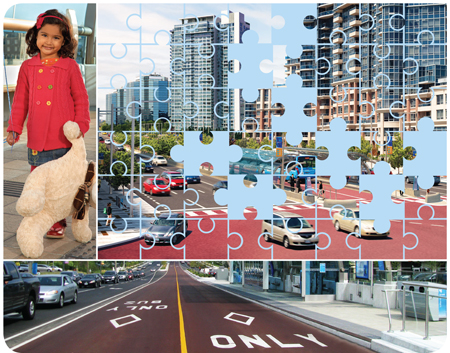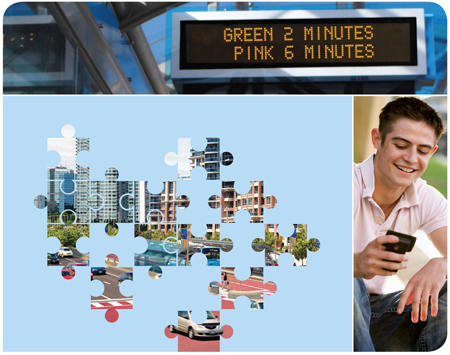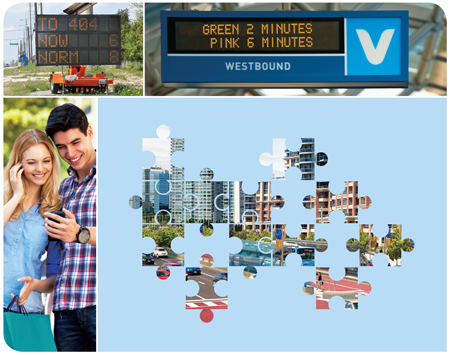If you have a property with a garden, you’ll be familiar with the list of things you do every year to get things tidy and safe before it freezes up out there. We face the same kind of to-do list along our construction zones on Highway 7 and Davis Drive, although the key difference is we’ll still be actively working throughout the winter (I’ll tell you more about what we’ve got planned for the winter months in an upcoming post).
But in terms of getting things all tidied up, here’s what you’ll see us doing over the next couple of weeks to get ready for the snow and ice.
Our top priority, as always, is making the construction zones as safe as possible for pedestrians and drivers. For that reason much of our pre-winter activity involves ensuring that sidewalks and boulevards are free of hazards, and hazards that cannot be removed are carefully fenced off. In some cases we’re finishing the grading and construction of some boulevards, and in others installing temporary walkways and ramps where work isn’t scheduled to be finished until next year.
Snow fences are being installed behind sidewalks in areas where work is continuing, to help mark the safe route for pedestrians. And because of ongoing roadwork and other activities, some sidewalks will remain closed. We’ll make sure there’s a clear route for pedestrians through work zones, although it may require crossing from one side of the street to the other. Look for directional signage to know where it’s safe to walk, and how to access bus stops – for your own safety it’s critical that pedestrians stay out of work zones.
During construction, road and sidewalk maintenance is the responsibility of the construction contractor within the project areas. But during the winter, the Region and local municipalities are responsible for ensuring the roads and sidewalks are kept clear. For that reason, another top priority before winter is to ensure every aspect of the construction zones is compatible with the requirements for winter maintenance operations.
This means making sure the snow-clearing equipment can manoeuver through the construction zones, boulevards and platforms. Our design work and construction staging plans have always had those requirements top of mind, but we walk through the sites with Regional and municipal staff again before winter to identify any little details that might impede their operations.
And to keep traffic moving throughout the winter, we’ll be taking steps to make travel lanes as straight as possible through the construction zones, and ensure markings are clear.
Just like at your home, we like to get everything tidied up and in order before winter, so we’re going to keep working steadily at it until we’re forced to stop by severe winter weather. Once that happens, we have a long list of other activities we will continue with, so stay tuned.


